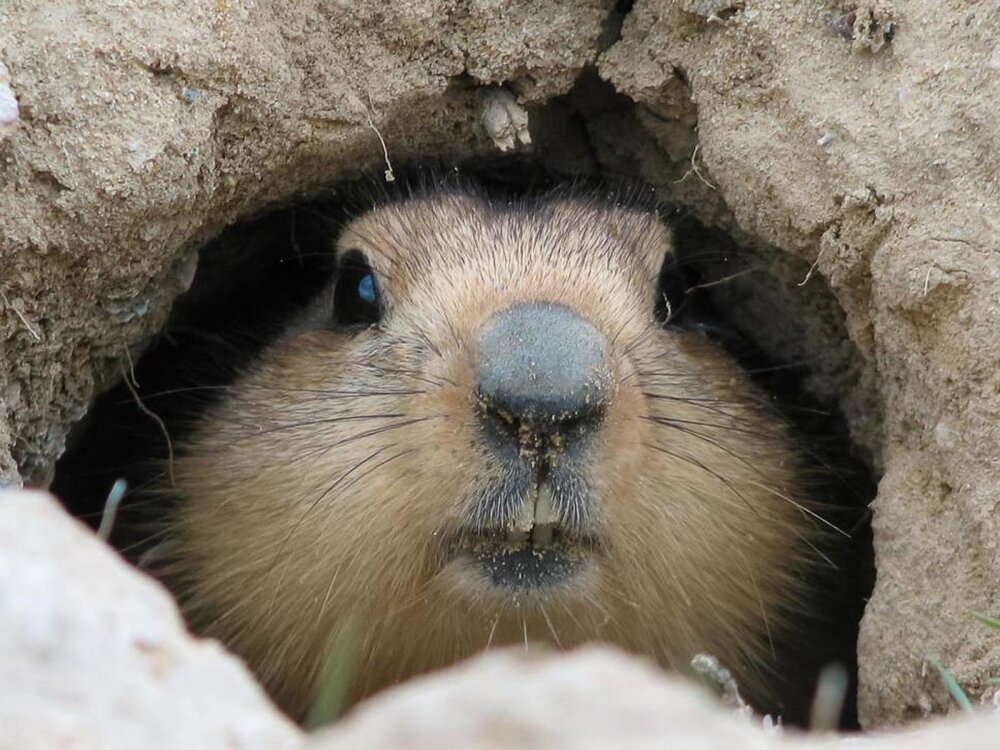
According to reports Immena“Engineers” University North Northwestern University has developed the first dynamic three-dimensional simulation of a complete rat mustache system that provides a rare and realistic insight into how mice gain access to tactile information.
This new model, called “WHISKiT”, includes 60 types of mustaches. Perhaps this technology could help researchers predict how whiskers activate different cells to influence signals sent to the brain, and offer new insights into the mysterious nature of human touch.
Rats can use their whiskers to obtain accurate information about the environment, including the distance, direction, shape and texture of an object. This powerful ability makes the mouse’s sensory system ideal for examining the relationship between a moving mustache and sensory input, which is the same as the signal signals sent to the brain.
Although the rat mustache system is widely used in neuroscience, it is challenging to study an animal’s nervous system as it moves to interact with its natural environment.
“Mitra Hartman“We can not measure the signals from a real mustache using current technologies, because once a sensor is inserted, the signals are disrupted. The only way we can do that,” said Mitra Hartmann, one of the project’s researchers. Actively exposing a rat to sensing the environment is a simulation.
Simulations, with their ability to overcome these challenges, have become an important component of the field of neuroscience. With the invention of WHISKiT, researchers now have the first complete model of tactile input in a moving sensory system.
“نادینا زویفل“Because whiskers do not work individually, WHISKiT needs to understand how the brain processes tactile information. It’s like a touch camera that captures the mechanical signals the animal needs to interact with,” said Nadina Zweifel, the project’s lead researcher. We believe that our technology in this way will significantly expand the possibility of computational and experimental research in the future.
University researchers Northwestern To invent WHISKiT, laboratory data Hartman Combined over more than a decade. Because each mustache is slightly different, the researchers pre-calculated the appropriate geometry for each mustache and, after confirming the models, combined them into a complete array. The obtained model considers the geometry and movement of all 60 types of mustaches on the face of mice.
The WHISKiT model also includes new data from 3D scans. زویفل, Has collected these scans from the natural environment around mice such as city streets, garbage dumps and sewer pipes. The WHISKiT model simulates mice in these natural environments as well as in laboratory settings. The researchers found that each environment produced a unique pattern of data.
The researchers’ next plan is to use simulations to answer several long-standing questions; Questions such as how mice can use touch to detect moving and moving objects.
The study was published in the journal PNAS.
Source: ISNA
Comments
Post a Comment